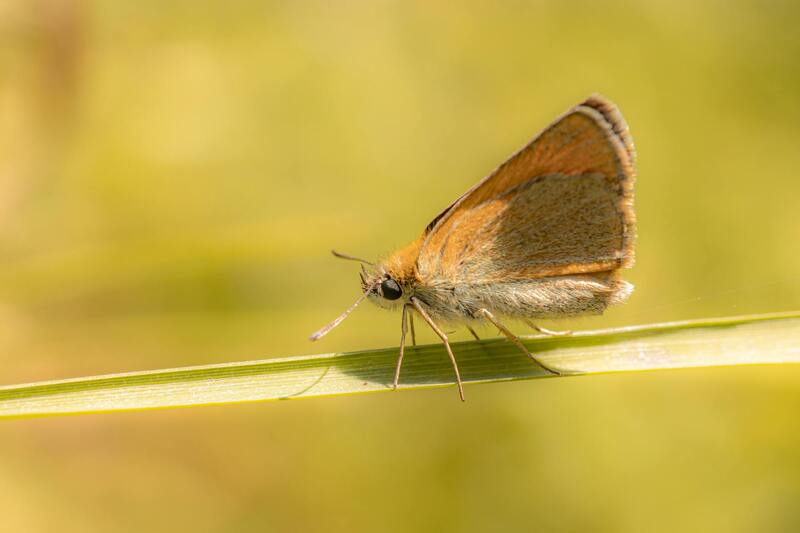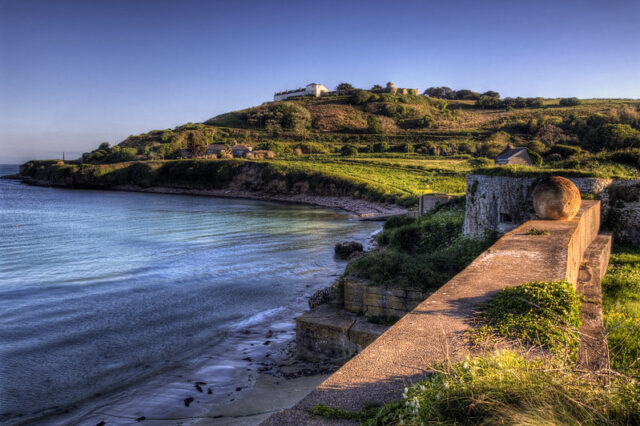Essex is home to an incredible array of wildlife. From its lush forests to its sprawling wetlands, Essex boasts diverse habitats that support a wide variety of species. However, cities are expanding, encroaching on the environment, which faces more challenges. Saving these natural treasures is therefore more crucial than ever.
Conservation Efforts in Essex
Preserving Essex’s wildlife needs a mix of strategies. These include saving habitats, protecting species, and involving the community. The Essex Wildlife Trust, a top conservation group, oversees 8,400 acres across 87 reserves. It restores habitats, monitors species, and educates. At the Fingringhoe Wick Nature Reserve, the Trust repurposed gravel pits which are now vital for nightingales and dragonflies.
The Conservation Volunteers (TCV) work with communities to improve green spaces across Essex. Their efforts include planting trees, managing woodlands, and restoring wetlands. Through volunteer programs, they engage residents in hands-on conservation work, fostering a sense of stewardship and connection to the natural environment.
The Royal Society for the Protection of Birds (RSPB) manages reserves like Rainham Marshes and Wallasea Island for bird conservation. Notably, the Wallasea Island Wild Coast Project aims to create a new wetland area. This effort benefits various bird species and also enhances natural flood defences.
Various local groups and councils also play a critical role. Projects like the Thames Chase Community Forest and the Volunteering at Hainault Forest involve residents in conservation. They do activities from litter picks to wildlife surveys. This enhances biodiversity and improves public green spaces.
Essex’s wildlife faces ongoing threats from climate change, pollution, and habitat loss. Solving these challenges needs ongoing cooperation among conservation groups, governments, and the community. It also demands new conservation tech, more funding, and stricter environmental laws to protect Essex’s natural heritage.
Moreover, public awareness and involvement are crucial. Simple actions can collectively make a significant impact. Some ideas include local clean-up events, supporting conservation charities, and eco-friendly lifestyle choices.

Fun Methods to Raise Awareness
Educating about Essex’s wildlife and conservation can be both fun and informative. For example, hosting nature treasure hunts in local areas is exciting. In Epping Forest, participants can find ancient trees, bird nests, and hidden ponds. Also, signs can share interesting facts about the plants and animals.
Popular games like the Rainbow Riches slot can help in a modern manner. It is a widely loved slot game that features enchanting forest themes, magical creatures, and mystical treasures. You can organise special gaming events or tournaments. Players can come together to play Rainbow Riches. The game’s captivating imagery and storyline can evoke a sense of wonder similar to that experienced in natural settings like Epping Forest.
Organising wildlife photo contests is a great way to bond with the community and highlight Essex’s beauty. Contestants submit their best local wildlife shots, with sections for amateurs and pros. The competition can culminate in a public exhibition. The winning photos can be then displayed in a local gallery or community centre.
Essex’s wildlife is a vital part of the county’s identity and natural beauty. Conservationists and community support give hope. Together, they can save these vital ecosystems for the future. As we explore and enjoy the natural wonders of Essex, let us also commit to protecting and nurturing the wildlife that makes this region so special.




